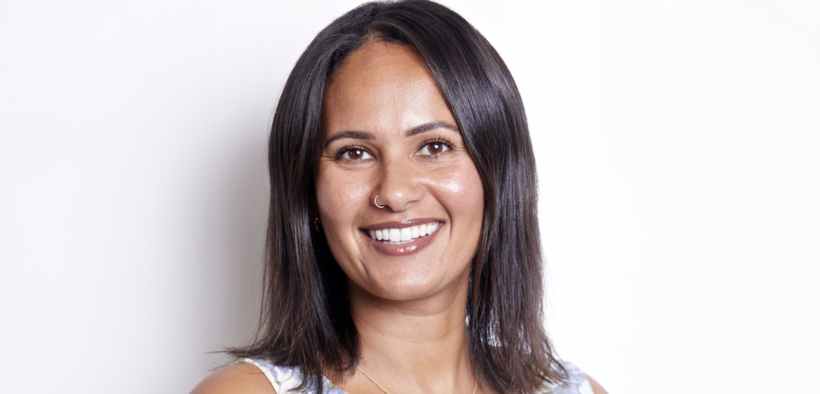Share

Audiences are dispersing at a faster rate than brands can adapt and evolve. It is essential for advertisers to tap into new methods of marketing, such as partnership and influencer advertising. Impact APAC regional vice president of marketing Ayaan Mohamud shares insight into the changing digital environment.
Over the past decade, technology has been integral to the way in which information is consumed – it has single-handedly shaped the media landscape. In today’s age, even music artists undertake extreme and meticulously planned PR and advertising leading up to the launch of a new album. ‘Leaked’ choruses appear as sound snippets on TikTok which gain astronomical levels of hype, while visualisers and music videos provide an almost tangible, real-life depiction of the lyrics to fans.
Yet back in March 2004, Britney Spears’ mega-hit ‘Toxic’, which premiered at the top of Australia’s ARIA singles chart, had no video. Not because her team were trying to tease the promotion of the song, but rather because the platform to share it on – YouTube – simply did not exist until the following year, reflected Mohamud.
Mohamud suggests that similarly, “the introduction of the first smartphone (in 2007) and social media shattered the era of mass media and marketing.” Now in 2024, brands have at their disposal more tools and assets than ever to reach their expanding global audiences. All of these resources however haven’t necessarily simplified advertising.
“Back in 2004, partnership marketing was primarily fueled by affiliates as a method of connecting with an enlarged target audience,” says Mohamud, “but today’s partnerships instead span across a vast creative spread of influencers, loyalty programs, app-to-app integrations, ambassadors, content publishers and many more.”
Mohamud explores the reasons why media fragmentation is changing the way marketers use partnership strategies.
Declining trust in the media
There is so much choice and abundance of media in today’s digital landscape that it has become extremely difficult for consumers to decipher legitimate information against so-called ‘fake news’. The University of Canberra Digital News Report Australia from 2023 found that users are increasingly consuming their news and information from TikTok and Instagram over other outlets. Despite this, research shows that only 43 percent of Australians trust the news.
The report highlighted that TikTok users seemingly pay more attention to news delivered from ordinary people and social media influencers over traditional news outlets. In response, brands are recognising that it is the ‘relatable’ and ‘ordinary’ people who are driving, inspiring and informing decisions. Mohamud says “marketing spend is increasingly being allocated to partnership and creator influencers – both macro and micro – to deliver the authenticity and genuineness that consumers are seeking.”
Community connection is driving brand loyalty
With the fragmentation of the media market, communities are being dissolved. Audiences are turning to new digital ‘tribes’ and ‘fanbases’ to offer a sense of connection. Whether large scale like Taylor Swift’s unwavering ‘Swiftie’ fandom or niche like a university’s social media ambassador, Mohamud says “brands are keener than ever to tap into these passionate communities, specifically ones that align with their brand’s values and product.”
The success of Frank Green, arguably the most profitable and popular water bottle brand in Australian history, is credited to its initial marketing strategy. In engaging with influencers that aligned with their eco-conscious principles, the brand capitalised on the rise of partnership marketing to foster a rarely-seen intense personal desire within consumers to own what is ultimately just a drink bottle. This strategy has converted a simple product into a lifestyle, a social media following of over 280,000 accounts and a video presence on TikTok that has over an astonishing 410 million views.
@frankgreen_official
The power of partnerships
Even 10 years ago it would’ve been unheard of for ‘everyday individuals’ to have the same voice and market presence as multi-million dollar corporations, but with “the rise of TikTok and ‘authentic content’, there are now no barriers for creators to thrive,” says Mohamud. Brands are now no longer just competing with each other to get their content to the consumer, but also with influencers and ‘ordinary people’.
This makes it critical for companies to understand the importance of partnership marketing and working together to achieve symbiotic relationships and success. The expanse of user-generated shorts, videos and material has changed what consumers define quality content to be. Heavily scripted and orchestrated media is no longer being accepted and engaged with by users, forcing brands to develop their relationship with genuine content.
As we continue to engage with the ever-changing media environment, the market will only become more crowded and fragmented. It is integral for brands to realise that they can no longer dictate the type of media presented to their audience. Instead, advertisers must strive to produce content that is being actively sought by consumers, not content they want their consumers to seek.
Ayaan Mohamud is multi-award winning B2B marketing leader with over 14 years’ experience working in the tech and digital industry across APAC and EMEA.
Also, read why publishers are embracing content partnerships by Ayaan Mohamud.
Photography supplied by Impact.com













